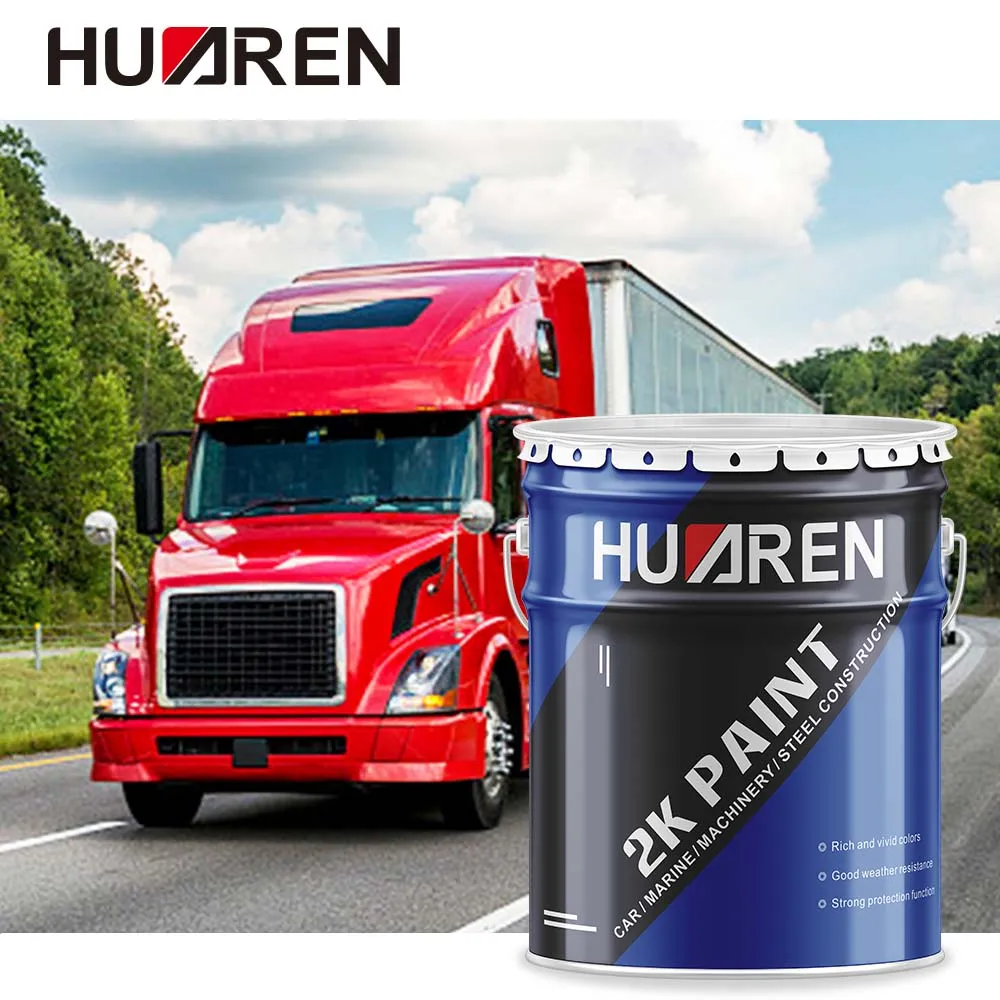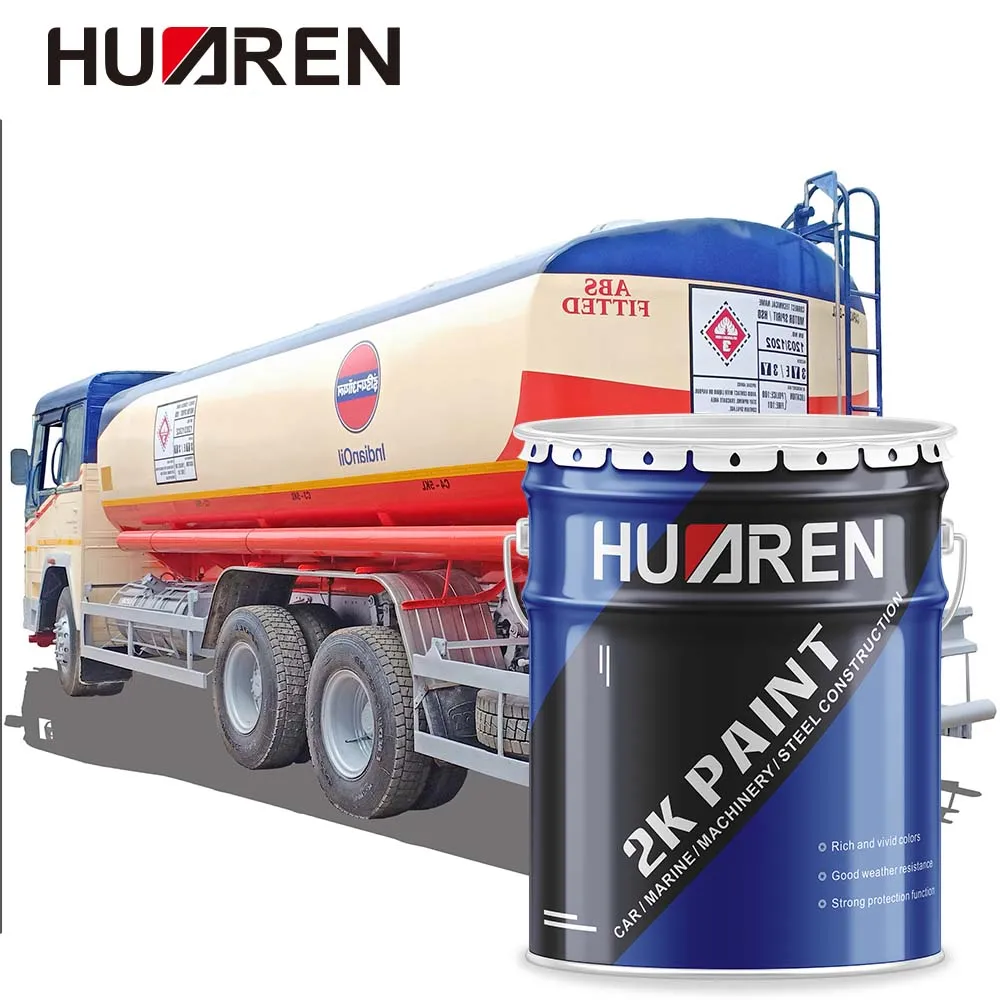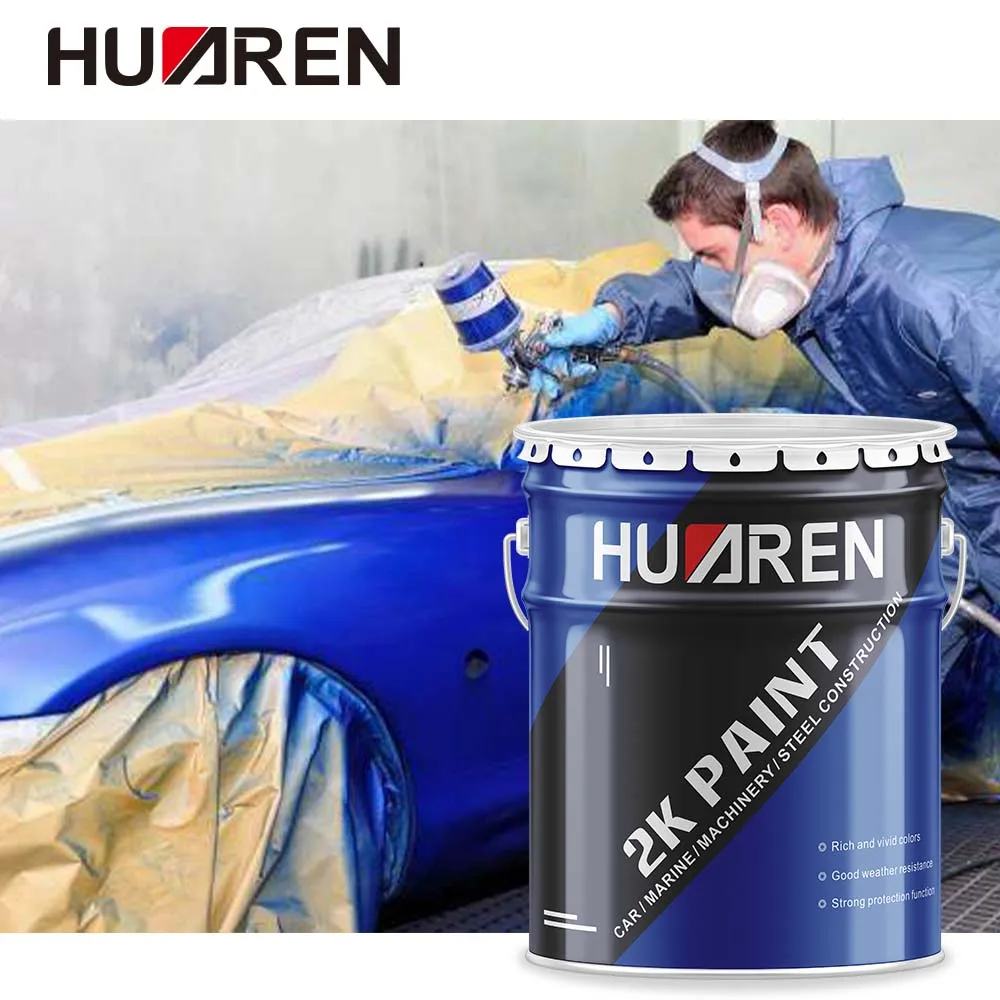In the field of automotive painting, the choice of paint is not only related to the aesthetics of the car's appearance, but also directly affects the durability and service life of the car. Two common and widely used automotive paints - enamel paint and polyurethane paint - each have their own unique performance advantages and applicable scenarios. Therefore, it is important for car owners, auto repairmen and practitioners in the coating industry to understand the difference between the two paints and which one is more suitable for specific needs.
This article will compare the performance of enamel paint and polyurethane paint in automotive painting in detail from multiple angles to help readers better understand their characteristics, application scenarios, advantages and disadvantages, and make a more informed choice.
What is enamel paint?
Enamel paint is an oil-based paint that is usually used on surfaces that require high gloss and protection, such as car shells, because of its smooth, hard and wear-resistant properties. Its ingredients usually include pigments, oils and resins, which can form a hard and durable coating film after drying. Enamel paint is widely used on surfaces such as metal, wood and plastic. In automotive painting, enamel paint is favored for its glossy and uniform surface effect.
What is polyurethane paint?
Polyurethane paint is a coating based on polyurethane resin with excellent chemical resistance, wear resistance and UV resistance. It can be hardened by air drying or curing, and exhibits excellent weather resistance in automotive painting. The biggest advantage of polyurethane paint is its high durability and adaptability, so it is widely used in vehicles with high requirements for coating quality.

Enamel paint and polyurethane paint: Which automotive paint is better?
Durability
Enamel paint and polyurethane paint have obvious differences in durability.
● Enamel paint: After drying, it will form a hard coating film with good wear resistance, which can resist scratches and external force impact during long-term use. However, enamel paint is more brittle and prone to cracking or peeling under extreme conditions. Especially when exposed to strong sunlight, rain, wind and sand or high and low temperature changes for a long time, the coating film of enamel paint may gradually lose its gloss or turn yellow.
● Polyurethane paint: In comparison, polyurethane paint is more durable. It not only has excellent wear and impact resistance, but also has strong resistance to climate change, ultraviolet rays, and chemicals (such as acid rain, grease, etc.). Polyurethane paint will not easily fade or crack due to temperature changes or long-term exposure to sunlight, and is suitable for vehicles in various harsh environments.
Gloss and appearance effect
The gloss of car paint directly affects the visual effect of the car.
● Enamel paint: Enamel paint usually forms a high-gloss, mirror-like coating after drying, making the car surface shiny and dazzling. It can evenly cover the surface of the car, forming a smooth texture and has excellent aesthetics. This paint is particularly suitable for car owners who want to show a bright and eye-catching car appearance.
● Polyurethane paint: Polyurethane paint can also provide a high-gloss surface, but its advantage is that its gloss can be maintained for a long time and will not quickly dim due to sunlight or climate change. In addition, the surface of polyurethane paint is more elastic and has a strong ability to resist peeling, so it is not easy to affect the appearance due to impact or scratches.
UV resistance
UV resistance is very important for car exterior paint, because long-term exposure to sunlight will cause the paint to fade and age.
● Enamel paint: Although enamel paint can provide a bright gloss for a period of time, it has weak UV resistance. Over time, especially in areas with strong sunlight, the surface of enamel paint may gradually fade, lose its original gloss, and may appear yellowing.
● Polyurethane paint: Polyurethane paint has much better UV resistance. This paint can still maintain its bright color and gloss under sunlight, reducing the problem of coating degradation caused by UV rays, so polyurethane paint performs better on vehicles that need to be exposed to the outdoors for a long time.
Chemical resistance
In daily use, cars may be exposed to various chemicals, such as detergents, acid rain, oil stains, etc., which will have a corrosive effect on the coating.
● Enamel paint: Enamel paint has a certain tolerance to most common chemicals, but the coating film of enamel paint is easily damaged and gradually loses its protective function when exposed to acidic substances or highly corrosive environments for a long time.
● Polyurethane paint: Polyurethane paint has more outstanding chemical resistance. It can resist most chemicals that cars are exposed to on a daily basis, especially corrosive substances such as acid rain and grease, and has little effect on the coating. This feature makes polyurethane paint an ideal choice for cars that need long-term protection in a changing environment.
Elasticity and impact resistance
During the driving process of the car, the paint surface may be impacted by external forces such as gravel and sand, so the elasticity and impact resistance of the paint surface are also critical.
● Enamel paint: The coating film formed by enamel paint after drying is relatively hard and lacks elasticity. It is easy to crack or peel off when it encounters external force impact. Therefore, when driving on roads with more gravel, the enamel paint surface may be prone to scratches and defects.
● Polyurethane paint: Polyurethane paint has a certain elasticity and can absorb external force impact well, reducing the peeling or cracking of the coating. This elasticity makes polyurethane paint more suitable for vehicles that often drive on complex road conditions or harsh environments.

Construction comparison of enamel paint and polyurethane paint
Construction process
● Enamel paint: The construction of enamel paint is relatively simple, and it can usually be completed by brushing, rolling or spraying. However, the drying time of enamel paint is long, especially in an environment with high humidity, it may take hours or even days to completely dry, affecting the construction efficiency.
● Polyurethane paint: The construction of polyurethane paint can also be done by brushing or spraying, but its curing time is relatively fast, especially after the use of a catalyst, the coating can be cured quickly. This makes the construction efficiency of polyurethane paint higher, especially for scenes that require fast construction or large-area painting.
Construction environment requirements
● Enamel paint: The construction environment requirements of enamel paint are relatively loose, but due to its high solvent content, volatile organic matter may have an impact on the human body and the environment, so special attention should be paid to safety when constructing in a poorly ventilated environment.
● Polyurethane paint: Polyurethane paint usually has good environmental performance, especially water-based polyurethane paint has less volatile organic matter, and the construction process is more environmentally friendly and safe. Polyurethane paint has relatively low requirements for the construction environment, but in order to achieve the best film-forming effect, it is still necessary to ensure that the temperature and humidity of the construction environment are moderate.

Enamel paint and polyurethane paint, which one is more suitable for car painting?
Enamel paint and polyurethane paint each have their own unique advantages and limitations. Choosing which one is more suitable for car painting mainly depends on the needs of the car owner:
● If you pay more attention to the gloss and visual effect of the car surface, and don't mind long-term drying and maintenance, enamel paint may be a good choice. It can provide a bright and beautiful surface effect for the car, especially for car owners who want to improve the appearance of the vehicle.
● But if you need a car coating with stronger durability, better chemical resistance, and stable performance in long-term use, then polyurethane paint is obviously a better choice. It can provide excellent protection under various harsh conditions and is suitable for vehicles that are frequently used in daily life.
In short, enamel paint is suitable for car owners who pursue aesthetic appearance, while polyurethane paint is more suitable for vehicles that require long-term durability and high-performance protection.

